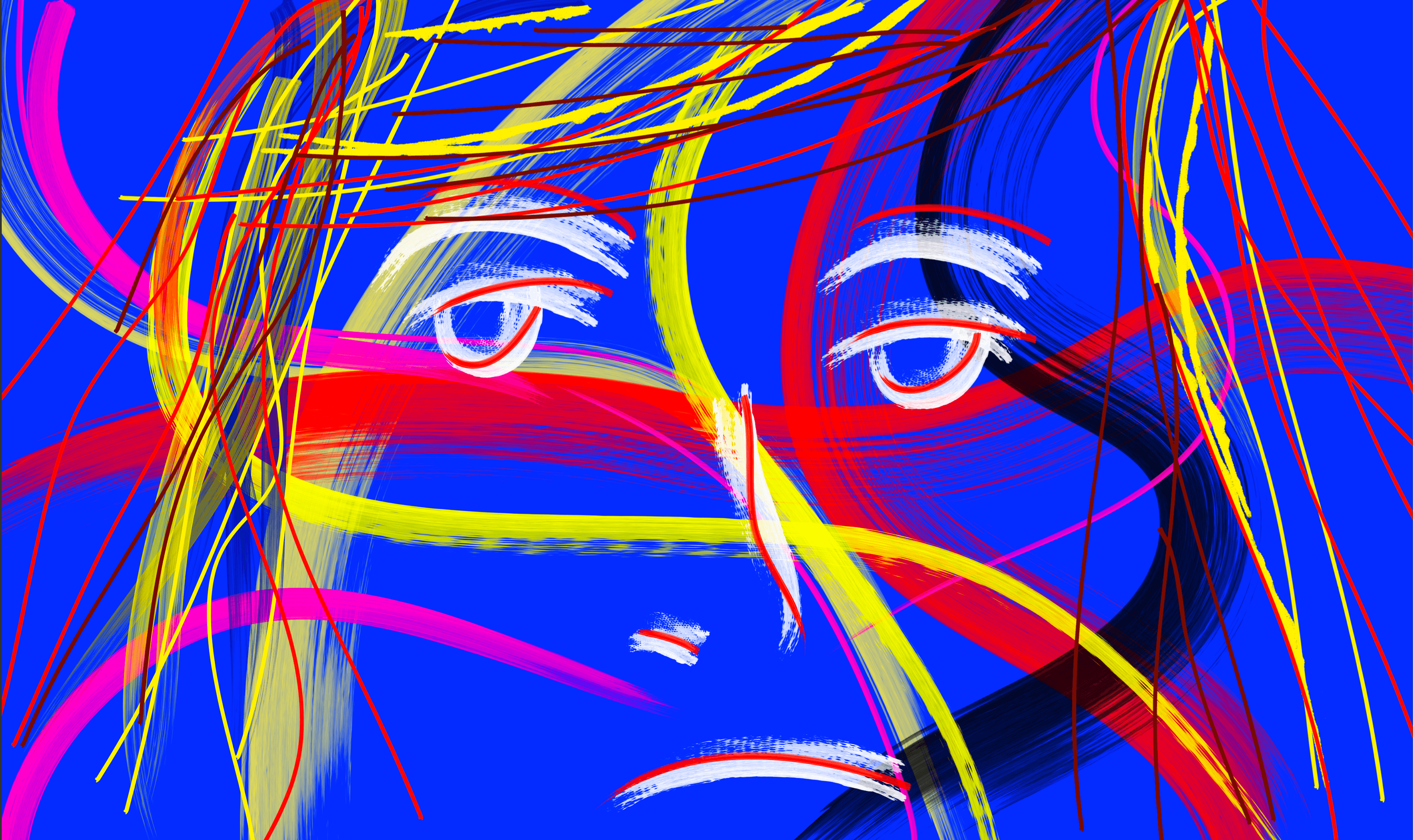Challenging The Tortured Artist Syndrome
Do we have to torture ourselves to create our best work? Why there needs to be a purpose to any pain - and how to keep it under control.

It’s no doubt some incredible pieces of art have come from suffering.
The tragic death of Mary Shelley’s prematurely born daughter sparked the idea behind Frankenstein.
Kiwi musician, Marlon Williams, wrote his brilliant second album, Make Way For Love, after a heart-rending breakup with Adldous Harding. There’s Adele and her chart-topping heartache!
Then we have the poets, exquisitely expressing their pain and suffering so the rest of us don't feel so bad.
Ideas and new thoughts often come after intense emotions, but do we need to wallow in the depths of misery, to be tossed onto the waves of life’s most cruel blows to reach the lofty highs of intense creation?
The answer is yes - and no.
While psychological and physical pain can cause suffering, it also drives human creativity as Einstein famously said - “Feeling and longing are the motive forces behind all human endeavours and human creations.”
It’s true that intense emotions can ignite creativity, but severe negative emotions usually block it—not to mention motivation.
Research suggests fueling creativity is about heightening arousal. Moderately darker moods are better for producing art/words/music/new thoughts as negative feelings can allow us to be more analytical - making way for different ideas or seeing the need to revise.
So best to be hurt but not unable to get out of bed hurt (unless you’re Frida Khalo). Angry but not rage against the machine upset. Annoyed but not devastated.
However, if you’re feeling chipper and want to dial it down before embarking on creativity, don’t use social media to lower your mood as you’re likely to start comparing yourself to others. Comparison is a known killer of creativity as it brings its sidekick, self-doubt, along with it.
I've experienced the feeling of heightened emotion or arousal and a need to pour words out of me (it works sometimes) but I've also experienced something poet Rose Hartwick Thorpe talked about - sometimes inspiration doesn't seem to come from an anguished inside but floats over.
It’s like the light bulb thought arrives, poof, out of nothing.
Tom Waits has joked about this phenomenon saying, in an interview with Elizabeth Gilbert a few years back, that it’s really annoying when an idea for a song comes to him in the car and he has to say ‘Go bother Nick Cave or come back when I’m not behind the wheel!’
When I experience an idea or sentence that seems to come from outside my own mind, I’m usually out of the house, walking, and I spend the rest of the stroll hurrying back reciting it to myself lest it leaves me and bothers some other walker.
But while it feels like the idea floated in on a breeze, I know it came from inside me. Nobody whispered it to me.
The physical exercise simply jostled the thoughts up to the surface. It’s why Einstein would take a break from solving quantum physics to play the violin, to let new ideas break free. He loved to play Mozart, which is certainly one way to heighten emotions.
Author George Saunders, backed up the notion that creativity comes from inside us in one of his regular Substack missives. “Our work is not us, but is of us. It’s coming out of us, for sure, but inside us, there are so many valences and flavors and speeds. We are, then, when we’re working, just managing that bounty in such a way that the final product – the finished story – is, we might say, “worth it,” however we define that term. For me, this means: fun, original, powerful in some way, with at least a flash of the “real” me in it.”
Saunders is saying he releases some inner parts of himself in his writing and revisions. This is the essence of the creative process and why it feels so good (the paradox of the tortured artist is that creating something out of nothing can bring immense joy).
It’s also why, when you’re moved emotionally or suffering from something like heartache, the need to get it out feels greater. It doesn’t feel good keeping it caged in, on the inside. You have to let the ‘real’ you out.
And it's why, when your emotions are heightened or aroused, they can come out in a rush. But you don’t have to writhe in pain and suffering to create.
If you can’t plunge yourself into a moderately dark mood, conjure up some sad memory, or a heightened state, you could bang your nose to the point of tears but don't chop an ear off if you want to get into creative mode.
Because, really, the most reliable way to create something it seems is to just get on with it. Bit by bit. Every single day.